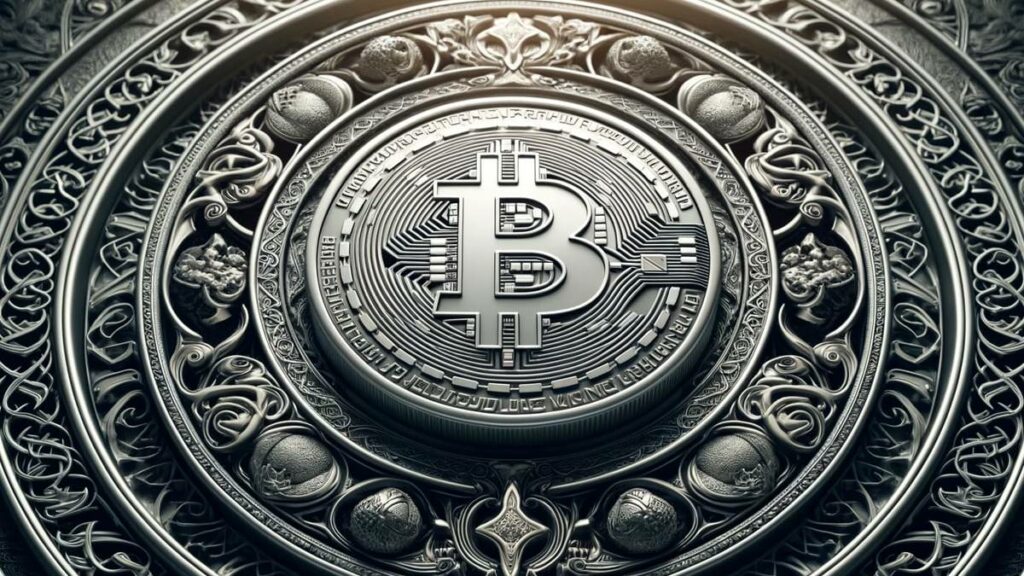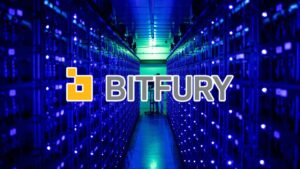TL;DR
- Bitcoin Runes racks up over 2,500 BTC in transaction fees in less than two months.
- The Bitcoin Runes initiative has significantly increased transaction fees on the Bitcoin network, benefiting miners after the 2024 halving.
- Runes-related transactions represent a prominent proportion of the total transactions on the Bitcoin network.
Bitcoin Runes, a new protocol for issuing fungible tokens on the Bitcoin network, has managed to capture the market’s attention by accumulating more than 2,500 BTC in transaction fees since its launch less than two months ago, coinciding with the Bitcoin halving 2024.
This milestone not only represents an estimated value of over $163 million based on current prices, but also signals a significant shift in the Bitcoin-native decentralized finance (DeFi) ecosystem, known as BTCFi.
The Bitcoin Runes protocol has outperformed alternative token standards such as BRC-20 tokens and Ordinals inscriptions on the Bitcoin network.
According to Dune data, Runes-related transactions made up 12.2% of total transactions, compared to 5% for BRC-20 tokens and 0.6% for Ordinals inscriptions.
Despite this growing activity in DeFi, regular Bitcoin transactions still account for approximately 82% of total volume.
For Bitcoin miners, the relevance of Bitcoin Runes lies in the increase in transaction fees.
Nazar Khan, co-founder and COO of TeraWulf, highlighted that this increase has provided an additional financial boost after the halving, where block rewards were halved, going from 6.25 BTC to 3.125 BTC.
Although rates have shown some stabilization after an initial increase, they remain considerably high compared to 2023 average levels.
Impact and Future of Bitcoin Runes
Bitcoin Runes represents a significant advancement in the adoption of DeFi on the Bitcoin network, challenging the previously dominant standards of tokens issued on alternative blockchains.
This innovation not only diversifies financial applications on Bitcoin, but also strengthens the network’s role as a central hub for decentralized economic activity.
With a strong user base and continued growth in on-chain activity, Bitcoin Runes could establish itself as a key pillar in the Bitcoin-native DeFi ecosystem in the coming years.
The initial success of Bitcoin Runes highlights the Bitcoin ecosystem’s ability to adapt and evolve towards more complex forms of decentralized financial activity.
As its development continues, it will be crucial to monitor how it influences the economics of transaction fees and the security of the Bitcoin network, offering new opportunities for both investors and miners looking to maximize their participation in this innovative cryptocurrency sector.











